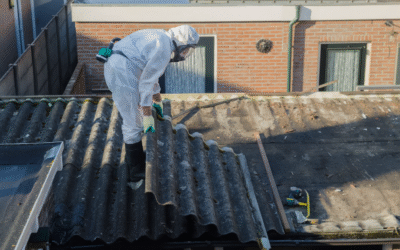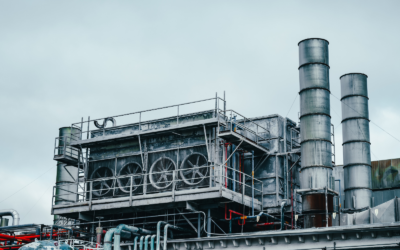The industrial regulations are a key factor in the design and construction of industrial structures. By 2025, the European Union will implement new regulations aimed at strengthening sustainability, safety, and efficiency in the industrial sector. These regulations have a direct impact on the design of industrial structures, affecting materials, processes and technical requirements.
In this article, we explain the most relevant changes and how to adapt your projects to comply with European regulations. Find more details about our solutions at industrial structures.
What changes do the 2025 European regulations introduce?
1. Focus on sustainability
The new regulations seek to reduce the environmental impact of industrial structures. This includes:
- Reduction of CO₂ emissions: Obligation to use more sustainable materials and processes.
- Energy efficiency: Structures must incorporate systems to minimize energy consumption.
- Waste management: Greater control over the management and recycling of waste generated during construction.
If you are interested in meeting these goals, check out our service energy efficiency.
2. Structural safety regulations
Safety is a priority in the 2025 regulations, with new rules requiring:
- Resistance to extreme weather events: Stricter requirements to withstand wind, snow or earthquakes.
- Structural durability: Designs that minimize maintenance and extend the life of structures.
- Load analysis: Obligation to perform detailed calculations of permanent, variable and environmental loads.
Check out our service structural calculation to ensure compliance with these requirements.
3. Digitalization and transparency
The integration of digital technologies is a key component of the regulations. Projects must include:
- BIM models (Building Information Modeling): For more precise design and planning.
- Digital monitoring of structures: Using sensors and IoT to monitor the status of structures in real time.
Check out how we apply these technologies in our section. Point cloud and 3D design.
Impact on the design of industrial structures
1. Sustainable materials
The use of recycled and low-environmentally impactful materials will be mandatory in many buildings. This includes:
- Ecological concretes.
- Recyclable metal structures.
- Sustainable roofs, such as integrated solar panels.
2. Integrated energy efficiency
The design should prioritize energy savings through:
- Advanced thermal insulation systems.
- Optimized natural ventilation.
- Use of renewable energies.
See how we incorporate sustainable solutions into our industrial structures.
3. Adaptation to new safety regulations
Projects must be able to withstand increasingly frequent and extreme weather events. This involves:
- Simulations of dynamic loads in structural design.
- Specific reinforcements in critical areas.
- Incorporation of continuous monitoring systems.
Common mistakes when adapting to regulations
- Ignore the new requirements from the start: It can result in costly penalties or adjustments.
- Underestimating the importance of digitalization: The use of technologies such as BIM will be mandatory in many cases.
- Failure to evaluate the sustainability of the project: Regulations require comprehensive planning to reduce environmental impact.
How we ensure regulatory compliance at Engind
In EngineWe have a team specialized in adapting to the latest regulations. Our process includes:
- Personalized advice: Identification of regulatory changes applicable to your project.
- Structural design and calculation: Integration of sustainable and safe solutions.
- Use of advanced technologies: Implementation of BIM, IoT and real-time monitoring.
Check out our projects on our page industrial structures to learn how we apply these standards.
2025 Regulations, a step towards modernization
The 2025 European regulations bring significant changes to the design and construction of industrial structures. Adapting to these new requirements not only ensures legal compliance but also improves project efficiency, sustainability, and safety.
In EngineWe are specialists in industrial structures and integrating advanced solutions that comply with European regulations. Discover how we can help you prepare your projects for 2025 standards and ensure their success.



